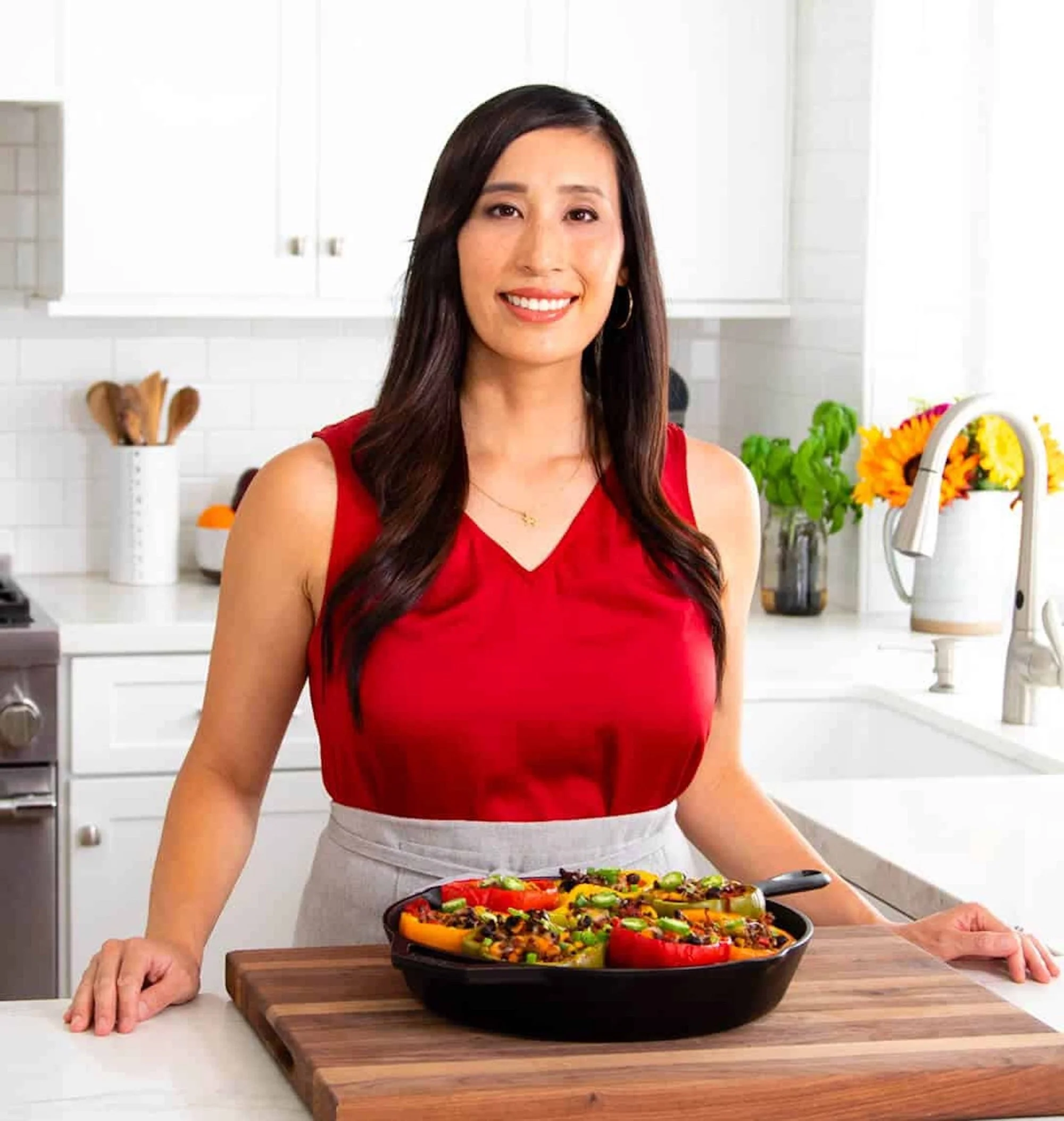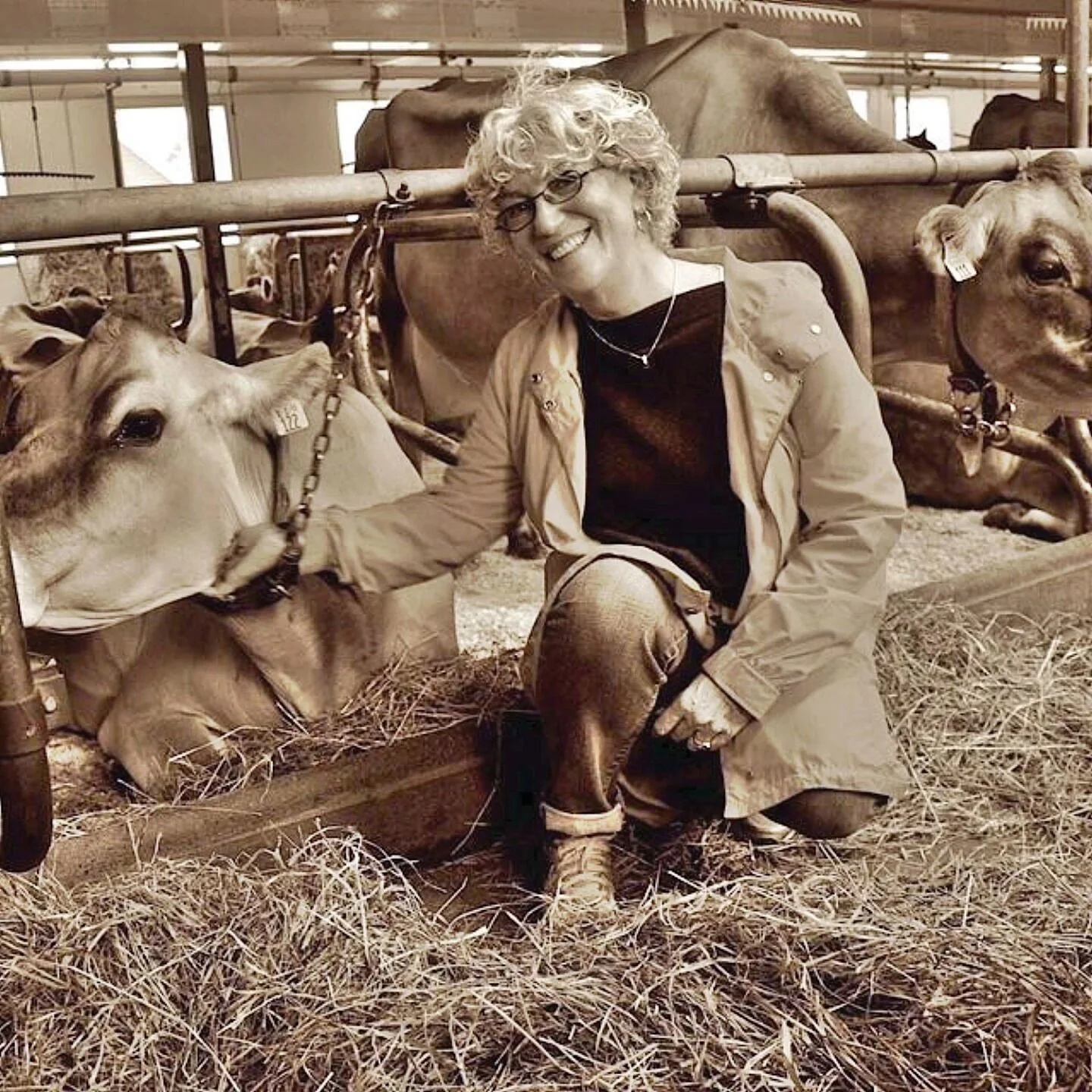How to Bake with Cheese
There’s nothing like gooey, melty cheese to help elevate our favorite comfort food creations. The creamy texture is key, but adding cheese to baking can also help heighten the flavors of other ingredients in the recipe, making for a richer bite. But not every cheese reacts the same way when baked.
Why Bake with Cheese?
Cheese adds comfort and richness to a dish
Creates a creamy texture and/or a golden bubbly crust
Helps hold ingredients together and adds structure
Enhances flavor
Jessica Gavin, food scientist
“Baking with cheese adds comfort, richness, and a layer of irresistible texture to a dish,” says Jessica Gavin, Certified Food Scientist and Certified Culinary Scientist. “As it heats, the fat softens, the protein network loosens, and moisture evaporates, creating a creamy texture or a golden, bubbly crust.” But baking with cheese is not always easy. Try baking eggplant parmesan with fresh mozzarella instead of low-moisture mozzarella and you’ll see a world of difference. One oozes water, the other does not.
Despite the challenges of baking with cheese, it’s worth doing. Cheese is what makes baked pasta dishes so rich and comforting. A topping of cheese can add texture and color to a casserole. Cheese in the form of a sauce, is also what holds macaroni and cheese together. But ultimately, it’s the flavor of cheese that drives its use in baked dishes.
While there are many cheeses to choose from, not all are meant for baking. It’s important to know which are best for melting in such high heat and which work better with the recipe being used.
Baking With Soft Cheeses
Lasagna
Not all cheese is built for melting. Certain cheeses melt better than others, which helps create the texture you’re looking for during the baking process. For example, cheeses like ricotta or feta may become more dry or firm, but won’t melt. Very fresh cheeses are often not great melters. “The type and age of the cheese matter,” says Gavin. “Younger cheeses, like mozzarella or fontina, have more moisture and melt smoothly into stretchy, gooey layers. Aged cheeses like sharp Cheddar or Gruyère have lower moisture and more developed flavors, bringing depth, nuttiness, and a savory finish that intensifies during baking.”
When baking with cheese, Gavin says it’s important to look at two key factors: Moisture and fat content. “These determine how the cheese will melt—whether it turns gooey, stretches beautifully, or browns to a golden crisp.”
Baked Brie photo credit Jessica Gavin
For a cheese that melts into a creamier texture, soft cheeses with a high moisture range of 50–75%, like brie (60% fat) and Camembert (45% fat), work well for when you’re baking something extra creamy, like a baked dip. But baking high fat cheeses too long or at too high a temperature may lead to an oily mess. Gentle baking of a brie or Camembert, enough to soften the cheese, is ideal. As Harold McGee explains in On Food and Cooking, “Most cheeses will leak some melted fat, and extensive breakdown of the protein fabric accentuates this in high-fat cheeses.”
McGee also explains why some cheeses do not melt at all, “These include Indian paneer and Latin queso blanco, Italian ricotta, and most fresh goat cheeses; all of them are curdled exclusively or primarily by means of acid, not rennet. Rennet creates a malleable structure of large casein micelles held together by relatively few calcium atoms and hydrophobic bonds, so this structure is readily weakened by heat.” But cheeses with high acid will maintain their shape when baked.
When it comes to cheeses made with rennet, Gavin says semi-soft cheeses like fontina (45% fat) have a slightly lower moisture range, but melt evenly, making them ideal for a baked pasta dish or stuffed breads because of their “smooth, buttery texture.” Other great melters include Cheddar, Monterey jack, havarti, provolone and taleggio.
Baking With Hard Cheeses
Mac and cheese
Dry and hard grating cheeses, such as aged Parmesan or Pecorino Romano, don’t typically melt smoothly when baked. Instead, these cheeses can hold their shape or become oily and tough rather than creamy. However, that doesn't mean these harder cheeses can never be used for baking.
“Hard cheeses can be sprinkled on top before baking for a flavorful crust or stirred in at the end to finish a dish with depth,” says Gavin. “My favorite approach is to blend cheeses with different textures.
One example Gavin uses is a melty cheese like Gruyère combined with sharp cheddar as the base for macaroni and cheese, then mixing in some Parmesan to offer a hint of nuttiness. “Combining a high-moisture cheese with a drier, aged one gives you the best of both worlds—smooth meltability and bold flavor.”
Favorite Cheeses for Baking
Cheesecake
Cheese is a staple ingredient for many savory comfort food dishes, from the childhood classic mac and cheese to traditional holiday sides like scalloped potatoes. However, cheese can also be incorporated into many baked desserts, helping to enhance popular items like muffins, breads, and more.
Ruth Flore, Oldways Cheese Coalition Outreach Advisor and Past President of the American Cheese Society, says choose your cheese based on what you’re baking. While cream cheese, mascarpone, and ricotta are perfect for baking anything on the sweeter side, mozzarella (low moisture), fontina, Gruyere, provolone, and havarti are better suited for melting and savory dishes like lasagna, casseroles, and gratins.
Ruth Flore, Oldways Cheese Coalition Outreach Advisor
“Chevre, blue, feta, and ricotta are best for flavor and structure in baking, “says Flore. Chevre doesn't melt fully, so it stays creamy and tangy while blue’s bold flavor holds up in heat, and its crumbles don't fully melt, adding texture and punch.”
Feta is salty and tangy, never melting fully, making it a good bet for savory pastries and Greek-style desserts, while ricotta is mild and creamy, adding moisture and texture without overtaking other flavors and making it ideal for cheesecake
Learning how various cheeses interact with heat can help achieve the results you’re looking for in your baking. Playing around with different types of cheeses can also offer fun, innovative takes on classics with new bold flavors and creamy textures not experienced otherwise.







